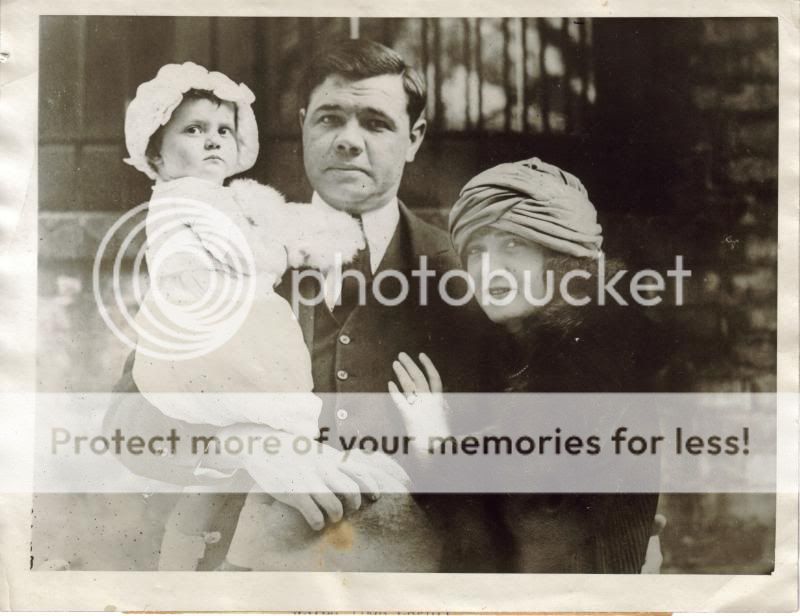Baseball cards played a big role in my childhood. As I’ve written here before, I got my first cards when I was around three, started collecting a few years later and at one point had roughly 5,000 cards. I outgrew card collecting by the time I hit high school, though nostalgia leads me to buy a pack from time to time. Most recently, I purchased four packs of 1988 Topps on eBay for $4 with shipping and got young versions of Tony Gwynn, Cecil Fielder and Kevin Mitchell. It was $4 well spent.
I think every kid who built a baseball card collection has a hallowed first year of collecting. For me, it was 1990 when I was six turning seven, and my best friend Devin and I sorted, talked about and loved that year’s Topps cards. For Josh Wilker, the hallowed year was 1975.
Wilker, a fellow blogger, recently had his first book published, Cardboard Gods: An All-American Tale Told Through Baseball Cards. Sports Illustrated called it a “wry, rueful memoir” in a May 10 review and dubbed Wilker “one of 2010’s most promising literary players.” After seeing that article, I emailed Wilker for a review copy. Wilker forwarded my email to his publisher, Seven Footer Press, and I quickly received the book, which I finished this morning. It was a great read.
Wilker’s book has been well-praised, from SI to ESPN to other bloggers, as it should be. Every generation, I think there are perhaps a few baseball books like this: marvelously written, literary and unique. When Ball Four debuted in 1970, the New York Times wrote, “Ball Four is a people book, not just a baseball book.” Cardboard Gods works similarly. It joins The Boys of Summer as the second baseball book I’ve recommended to my mom.
Ostensibly, the book is about baseball cards, with each chapter an autobiographical essay devoted to a specific card spanning 1974 to 1981, the bulk of time Wilker collected before he too grew out of it. Wilker writes about his childhood and early adult life, using cards as metaphors, and towards the end especially, chapters fly by with limited mention of players. It works, though. I’m glad the book is billed being about cards, as I doubt I would have heard of Wilker otherwise. That being said, Wilker could have written about mud, and the writing would appeal. Wilker has an MFA from Vermont College and won a short fiction award, and in Cardboard Gods, it shows.
The story drew me in. Early on, I started to care about Wilker’s family members, wondering how their stories would come out, and appropriately, the book includes personalized cards for them. Though there is great baseball writing, like a reference to the Milwaukee Brewers as a “malodorous unshaven rabble,” my favorites passages concern Wilker’s mom’s boyfriend fashioning a metal chimney to his VW van in a failed attempt to work as a mobile blacksmith or Wilker, his brother and his dad going to a rock concert (featuring “a few prolonged explosions that I knew were songs only because they began and ended.”)
Were this a movie review, I would give Cardboard Gods three and a half stars out of four. My lone criticism here — which could be the baseball geek/former sportswriter in me talking — is that Wilker offers obvious stuff about players. When I got to the Mike Kekich chapter, I knew it would be about him swapping wives with his teammate, Fritz Peterson (that really happened.) I knew the Herb Washington chapter would talk about him being the only designated pinch runner in baseball history. I wanted more about the players, but perhaps that would have detracted from the memoir.
After finishing the book in the wee morning hours today, I emailed Wilker. He references a few non-sports books in his work, including Denis Johnson’s Jesus’ Son, which was assigned reading from a favorite college writing professor. My professor also raved about Tobias Wolff and other writers, so I asked Wilker about his influences. Wilker replied a couple hours later, “I love Tobias Wolff and have read just about everything he’s written, I think. This Boy’s Life especially had an influence on my book.” That makes sense. I read both books (Wolff is one of my favorites, too) and Wolff and Wilker have similar life stories, both coming from broken homes, getting expelled from prep schools, and struggling to transition into adulthood. Of course, both men also beautifully related their stories years later.
One final thing. In Cardboard Gods, Wilker writes about youthfully penning a fan letter to his hero, Carl Yastrzemski and never hearing back. I wondered if the book changed this. I asked if there had been any word from Yaz. Wilker replied, “Only in my heart.” If I were Yaz, I’d drop Wilker a quick line. I can’t imagine a better postscript for the paperback edition of Cardboard Gods. John Updike once wrote of another Red Sox immortal, Ted Williams, “Gods do not answer letters.”
Imagine if one did.
